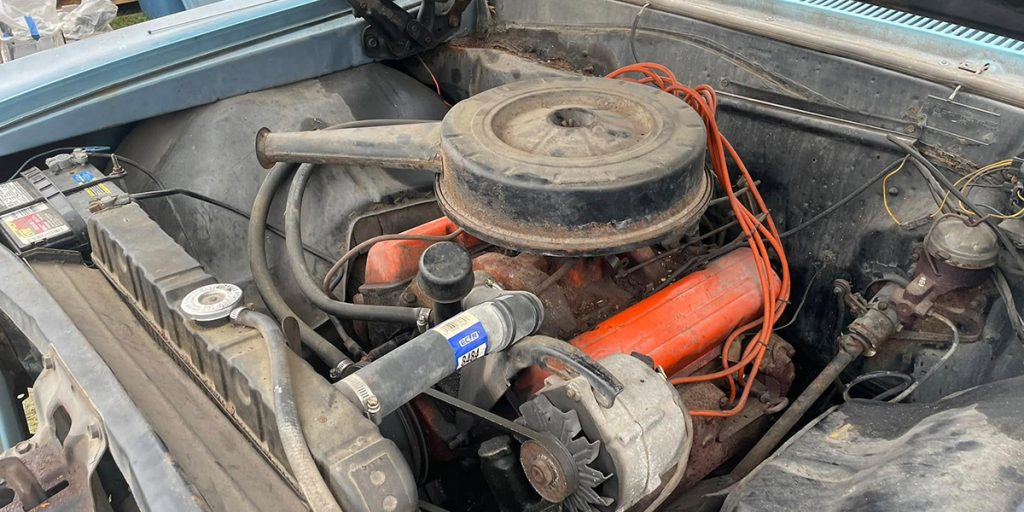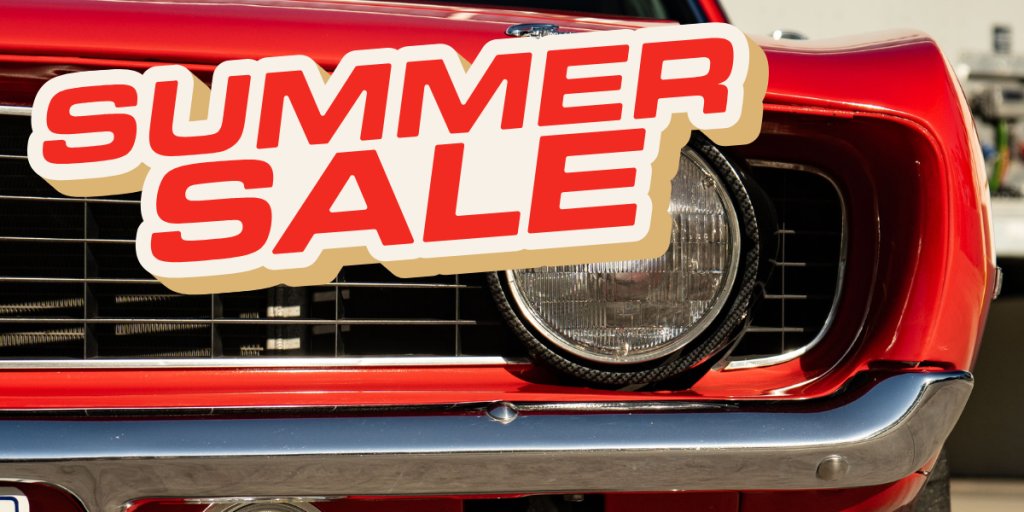
1964–1972 Chevelle Small Block Identification Guide
When it comes to restoring or verifying the originality of your Chevelle, correctly identifying the small block under the hood an important step. After all,
Wheels play a major component in your ride. Not only are they the item that allows the car to roll down the road, but they also set the tone and style of the vehicle as well. Choosing the right wheels is crucial to achieving the style of car you want to build.

Wheel offset refers to the distance between the wheel’s mounting surface and the wheel’s centerline, measured in millimeters. This measurement determines where the wheel sits within the wheel well concerning the vehicle’s hub and suspension components. Wheel offset can be positive, negative, or zero.
Positive Offset: The mounting surface is toward the front of the wheel. This brings the wheel and tire assembly closer to the vehicle’s suspension and body.
Negative Offset: The mounting surface is toward the back of the wheel. This pushes the wheel and tire assembly outward, away from the vehicle’s suspension.
Zero Offset: The mounting surface aligns with the wheel’s centerline, distributing the wheel and tire assembly evenly within the wheel well.
Wheel backspacing is the distance from the inboard edge of the wheel to the wheel’s mounting surface. Unlike offset, backspacing is measured in inches. It essentially defines how much space exists between the back of the wheel and the suspension components.
While both wheel offset and backspacing influence the placement of the wheel within the wheel well, they offer distinct perspectives on fitment and aesthetics.
Fitment Considerations:
Aesthetics:
Handling and Performance:
Wheel offset and backspacing are integral factors in choosing the right wheel. Just as important though are knowing what suspension and brakes you’re going to be using. Before you ever order wheels and tires, you should talk with the brake and suspension manufacturers to see if they are moving things around which may cause your new wheels to not fit. If you have any questions or need help, call our friendly techs at (203) 235-1200 or hop on SS396.com

When it comes to restoring or verifying the originality of your Chevelle, correctly identifying the small block under the hood an important step. After all,

Ported vs. Manifold Vacuum for Distributor Vacuum Advance in GM Applications In the world of classic General Motors (GM) engines, proper ignition timing is needed

Get $25 Off* when you apply the Code: SS299 during checkout on orders over $299. Max Discount $25. Valid until 06/21/25 (9pm ET). Don’t miss out on this opportunity to save on the essential parts that keep your restoration moving forward.
